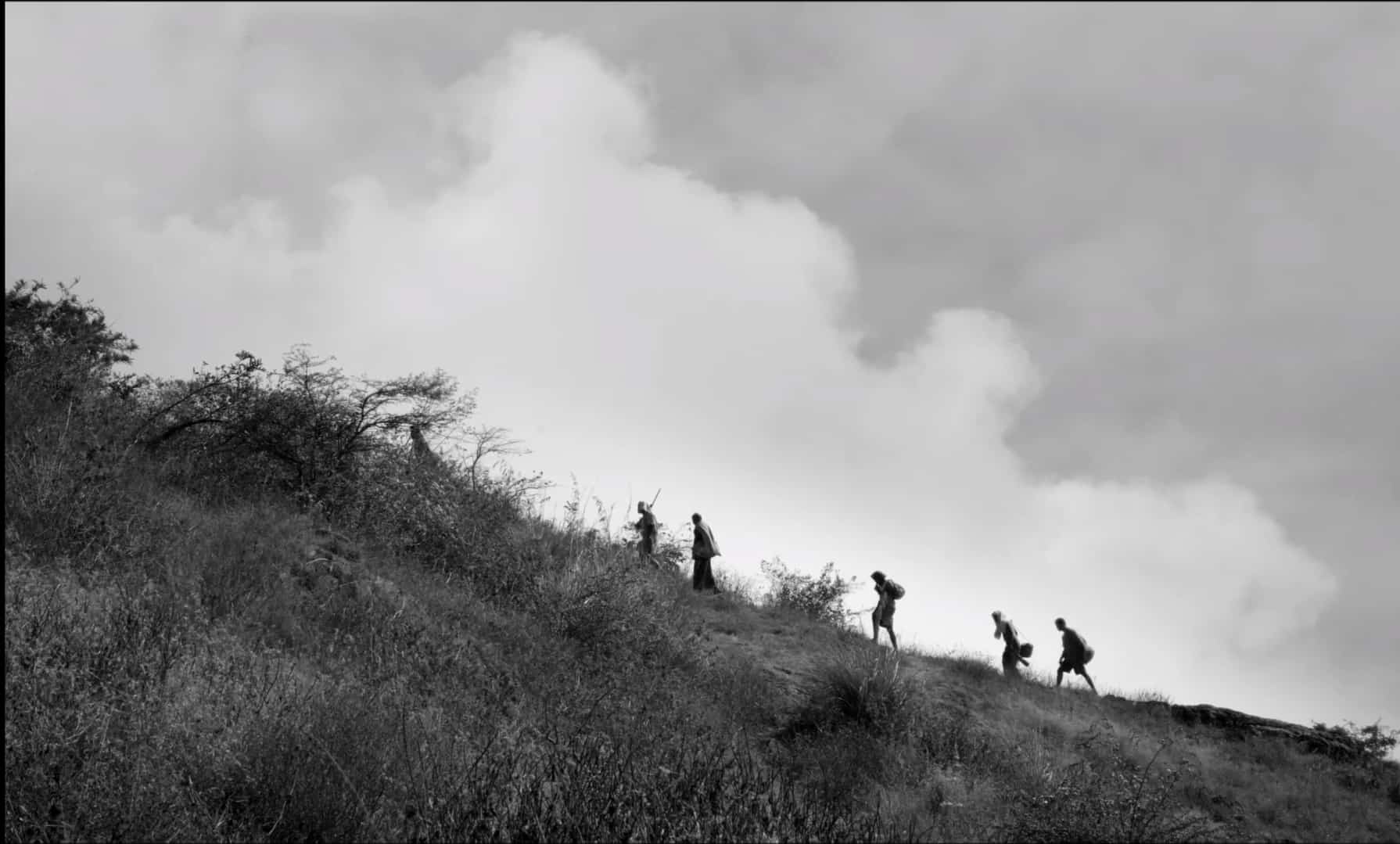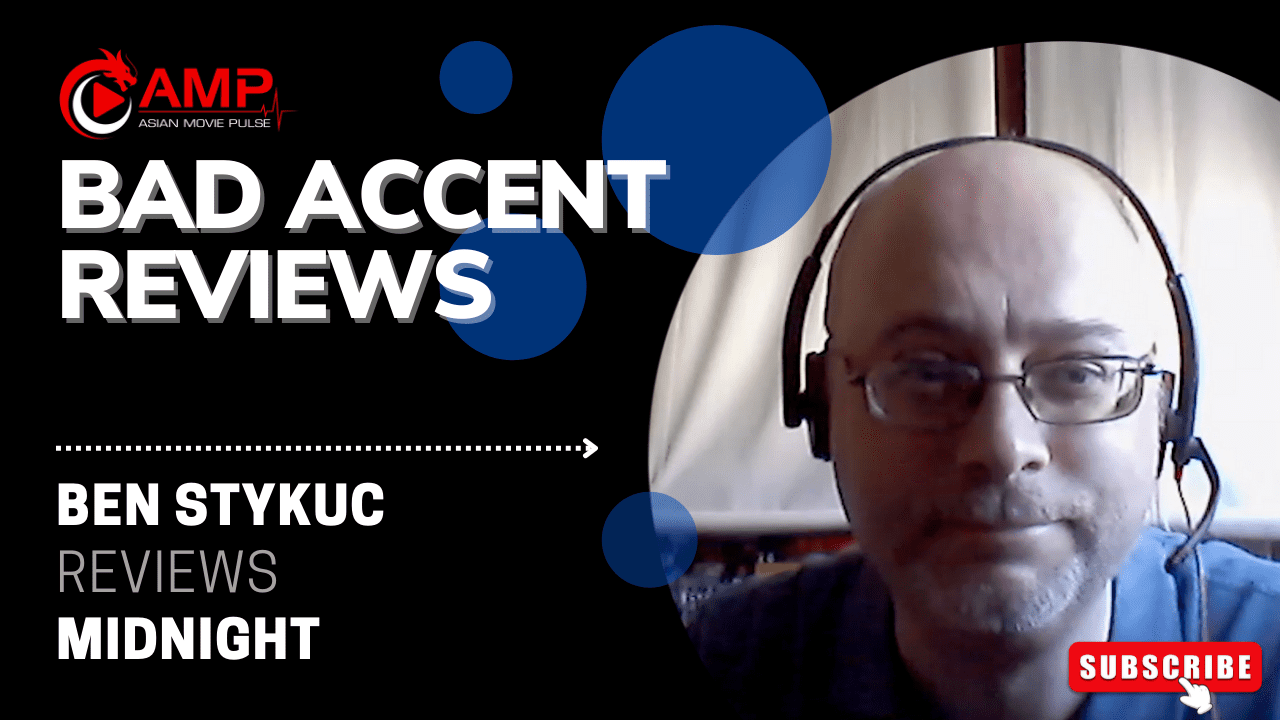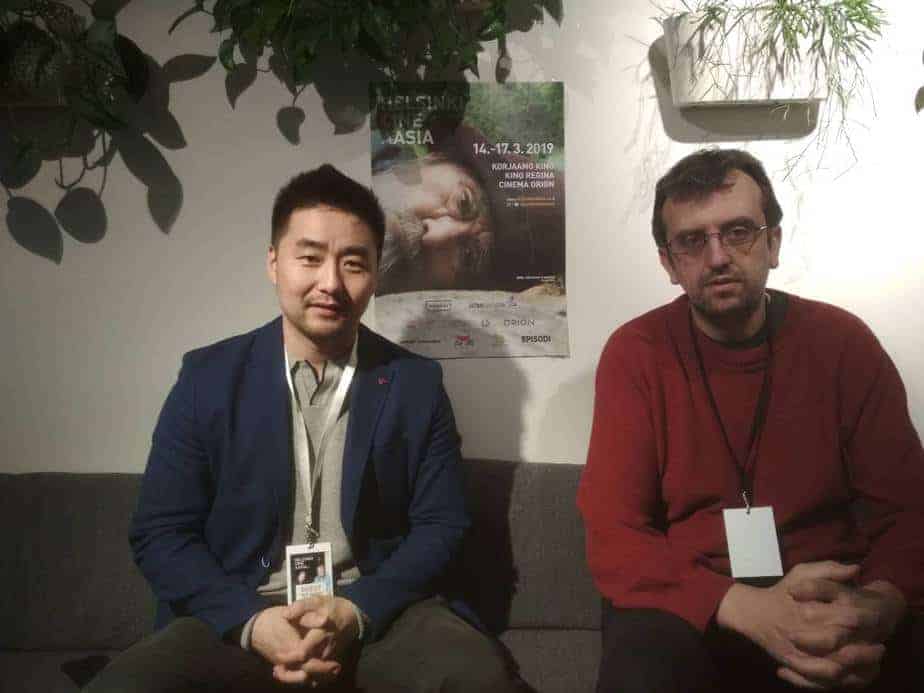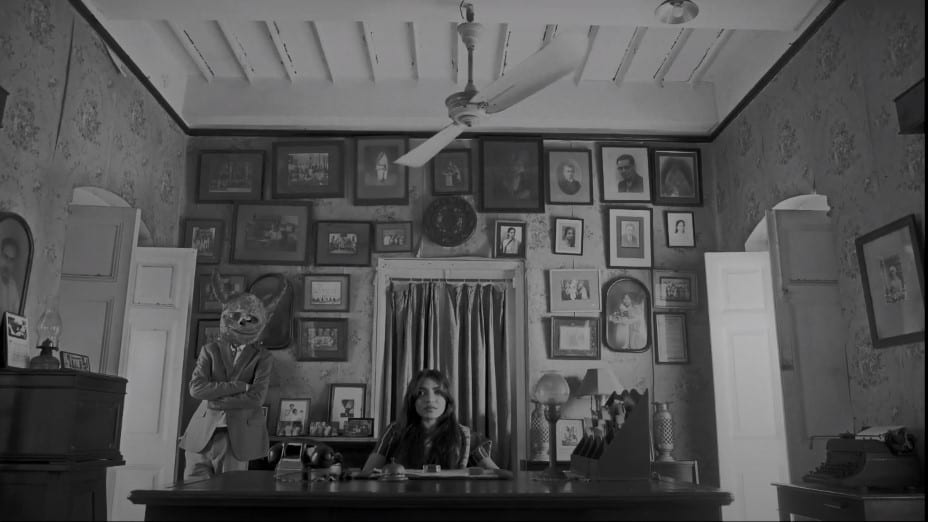Don Palathara is one of the most promising directors to currently work in the historically important Malayalam movie industry, and since his debut he has been well-known for creating artistically fulfilling films, demonstrating the nature and culture of the people of Kerala, using shoestring budgets. Since the release of “Shavam”, his debut feature, he has been a filmmaker with a regular connection to the festival circuit. His latest, “1956, Central Travancore”, has been selected to be shown in the 25th anniversary of the prestigious International Film Festival of Kerala (IFFK).
We speak with Palathara about “1956, Central Travancore”, and his influences and favourites, while simultaneously looking at the state of Indian cinema audience and distributors.
“1956, Central Travancore” is a period piece. Your earlier films, “Shavam” AND “Vith” were set in modern Kerala. So, why did you suddenly decide to create a period piece?
I was not very conscious about making a period movie. I did not think about the genre before. For me, it was telling a story I care about. This is some story I heard from my grandfather. I had shot a documentary on him and I did a few edits, and in that documentary, he just sits and talks to me and this is one of the stories he told me; the hunt, the basic premise of the film. But then I thought about that story. That same story could be made in many different ways; for me, it had to be something more personal. I had to give life to these characters and I wrote a certain humanness to the characters, like they have their human weaknesses and all that stuff. I had to add flesh to the story as well. What I tried was to apply some personal elements into that story. That's how I came up with this movie. Since the story happens in the period around 1956, I tried to do justice to the periodic aspect of it. Other than that, my intention was not to make a periodic film.
The film mentions a certain land reform law. How does the law impact the characters?
The law did good for a lot of people in Kerala, like it's deeply connected to the history of Kerala itself. After the state of Kerala was formed, there was this new land reformation law which gave property rights to a lot of people who didn't have lands before. Definitely these people, the characters of the movie, they have nothing to lose. They don't have lands or properties. So they move to wilderness and they are trying to find a piece of land. Later, when the next government came, they actually allowed these people to stay at these places. We cannot actually compare the values and morals of these people as they did not enjoy any of the privileges that we have. For them, every day was a struggle. The new law gave them a lot of hope and a new possibility towards life.
Cinematography is one of the most striking aspects of the movie. Were all of the sequences preplanned or did improvisation play a part?
We did improvise but for most of it we had a storyboard. I had a book in my hand all the time and I had drawn a few sketches about how each shot was going to look like. We had preplanned much of it while doing the location check, because most of it was shot at location. Some of them we had to bail sets for, like the first sequence where there was a tree in the right and in the left corner there was a small building. That building we had to build. I had a very supportive producer. For a film which doesn't have much potential of a return in current Indian situation, the producer was willing to spend whatever was needed to make a good movie.
“1956, Central Travancore” is a black-and-white film. Was b&w a better medium than colour for you to present this story?
When I imagined the story, I couldn't think of any medium other than B&W. I made “1956…” after making “Vith,” which was also in B&W. When I was making this movie, I didn't even think of using colour at all, because I wanted to master that medium. There were problems with my previous films which I tried to improve upon. Using the same medium, I wanted this film to be much better than my previous efforts in terms of how it looks and how much control I have over the B&W medium. This time, my cinematographer Alex Joseph and associate Jayesh Mohan helped a lot in creating the visuals that I wanted.
Is Lav Diaz a stylistic influence on this film?
To be very honest, I hadn't seen too many Lav Diaz films before making “1956…” It is after this film that people have started drawing parallels between my and his kind of filmmaking. So then I started watching more of his films. But in the beginning, I was aware of him but I hadn't seen too many of his films. One thing I feel about his films… maybe the parallels come from the fact that he is also from a rural hilly area and I also come from a very rural area. It must be the way we perceive time, and there's also a colonial background. There are too many parallels… there must be something scientific to it (HE LAUGHS).

Which filmmakers were influential to create your style of cinema?
I do watch a lot of films and I do think about how they are doing these different stuff, but when I actually make a movie, I try not to think about somebody else. I never think about how Bela Tarr shoots a scene or how would Lav Diaz shoots a scene. That's not the way one should approach filmmaking. It's more about what you want to express and how it gets expressed through you. That's what I go for.
But, you must have some favourite filmmakers?
Definitely. From Bergman, Tarvoksky, Antonioni… in modern days, Tsai Ming-Liang, Bela Tarr, Costa. I like how bold Ming-Liang is when it comes to the use of time and he is very obsessed with the mundane nature of life. There is another filmmaker I have to mention, Eric Rohmer, who is also one of my favourites.
Malayalam cinema has a long history of creating memorable and artistically important cinema. What are some of your favourite Malayalam directors and movies?
Adoor is definitely my favourite filmmaker from Kerala and I actually have had the opportunity to show him two of my films and he was very friendly and accepting. I heard he gave great comments about one of my movies to other people. I am really honoured to have all that happened. I love most of his films. “Elippathayam” (The Rat-Trap), “Vidheyan” (The Servile), Aravindan's “Esthappan” (Stephen) and “Kummatty” (The Bogeyman). I like how they present the Kerala psyche to the world of outsiders.
What are some of the other projects you are working on?
After ”1956…” I actually made two films. One of them is still in post-production and the other one was actually the one I shot first and both of them were shot with a very minimalistic crew and with all the restrictions we had over the Covid scenario. The second one is more contemporary in terms of its story, about a young couple; it's a relationship drama. It is also a homage to Rohmer. The story happens only in a car in a single shot, there are mostly only two characters and it's a dialogue piece which is scripted and we had long rehearsals (to perfect it).
What do you think about the Indian cinema audience in 2021?
It's a tough one (HE LAUGHS). I think these days there are so many people who reach out to me and ask about my films, but they are still a very small minority. They must have a very niche taste in films. The majority is still with Bollywood and the mainstream films. More than the audience, what concerns me is the distribution platforms that we have. That need to evolve and improve in a way to accommodate different kinds of films. Because even now people are making movies thinking of what can be sold. That's the main criteria of these days. That should be the second priority in my opinion. Cinema should come first and sales should come second, but it's the other way around, unfortunately. That is to satisfy the mainstream taste anyway.















